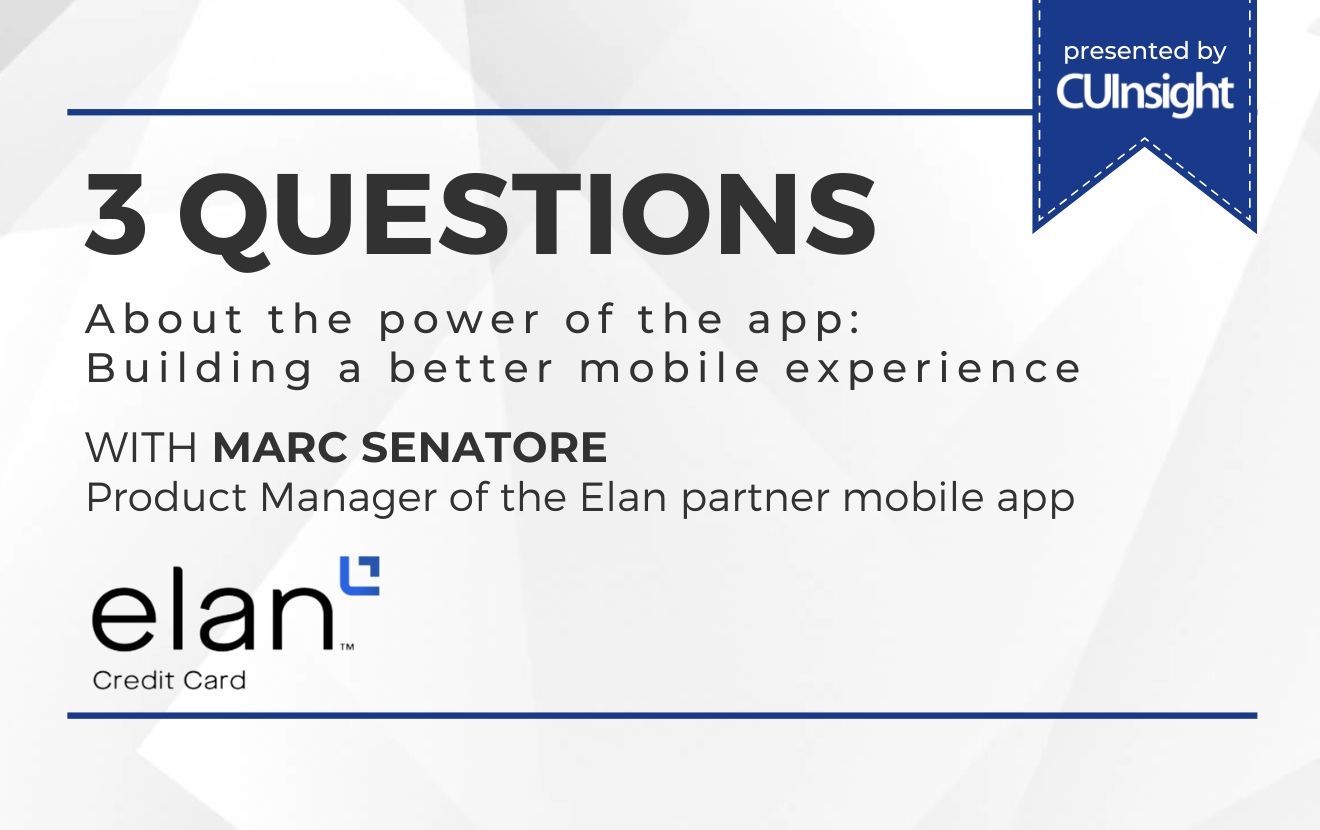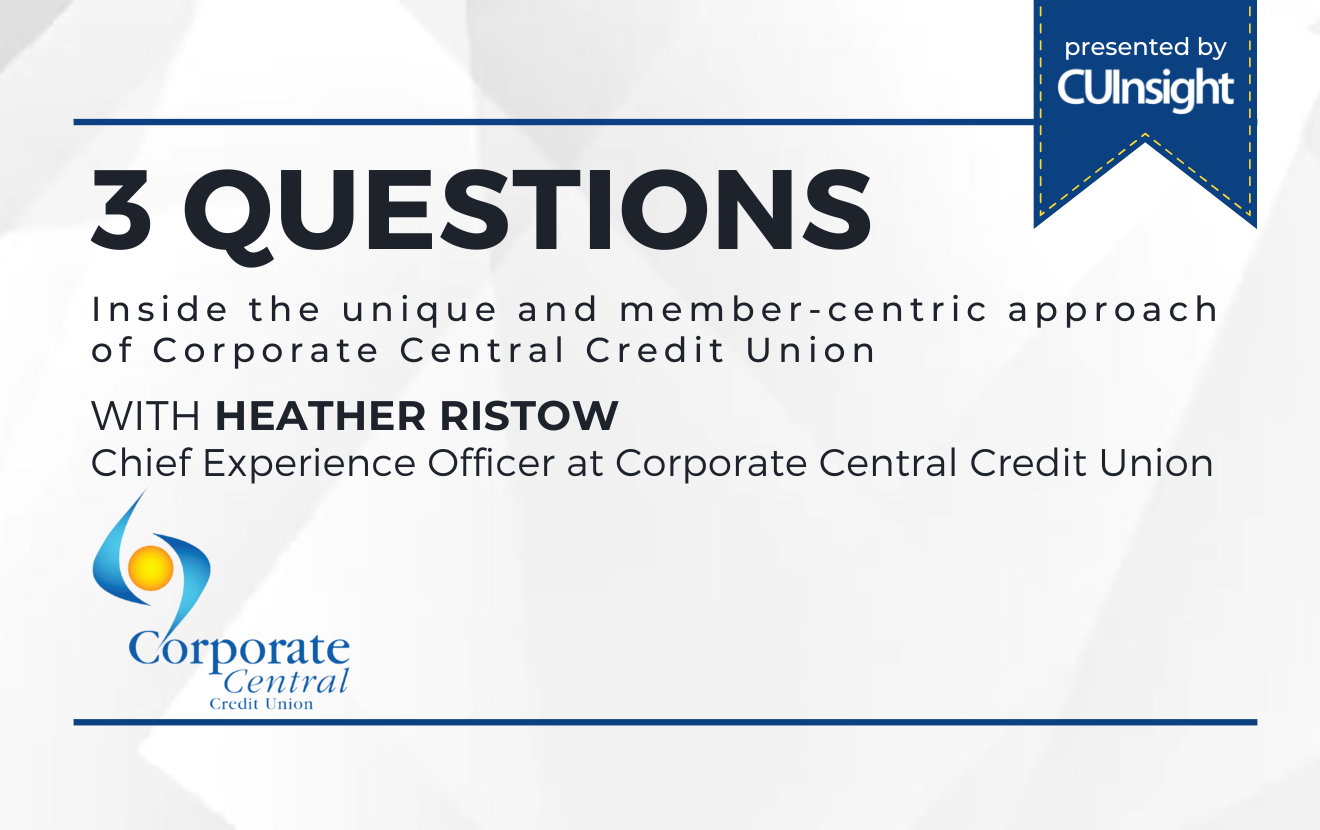How many times have you been challenged to answer the question “what makes your credit union different”? Many times, I’m sure. Does your answer have anything to do with intangibles like rates, service, or even staff? More often than not, financial institutions struggle to find their true differential value, outside of these general, somewhat cliché words.
Let’s face it, ‘financial services’ is a commodity category, and most consumers can’t differentiate ABC Bank from XYZ Credit Union, and frankly, don’t care to. But what if you could make them care? By finding the one differentiator that is truly unique in the eyes of the consumer, credit unions can set themselves apart from the competition and people will pay a premium to have a relationship with your organization. If you say “service” is your sole differentiator, think again. Service is something that everyone, not just financial institutions, thinks they do better than the competition. Your service might actually stand above the rest, but so many companies tout their outstanding service quality to the point that it’s become diluted in the eyes of the consumer. So forget about positioning yourself as the one whose service is better than the rest, and find your differential value.
“How do we find our differential value?” you ask? There are a number of ways you can get to the bottom of what makes you unique. First, if you really want to know what differentiates you in the eyes of the consumer, ask them. Ask both members and non-members the same questions; “What makes us better than others?” or “Why would you choose us over another financial institution?” Be prepared for the likely chance that they may not have an answer, or that their answer may also be “service” or “people”. I get it, you’re thinking, “If our members think service is our differentiator, then it must be the truth.” Sure, I’m not saying that your service doesn’t totally rock, what I’m saying is that using service as your only differentiator will make it hard to convince consumers that you’re truly different than the rest. When asking consumers to tell you what’s different about a financial institution, the first thing they think of is the last interaction they had with you, and if that interaction was friendly, or albeit remotely average, they are likely to claim “service” when in all reality, nothing truly stood out as distinctive.
If you find yourself running in circles trying to find your differential value, then it’s probably time for a change. The goal is to find something you can do better than your competition and make it the number one reason you exist. If you don’t do anything better than the competition, then find something you’re moderately good at that can be tweaked or improved enough to place your full confidence behind at all times.
Hint: Ask your most profitable members what they value most about the credit union. You might find that tailoring to the things they value most can help you find your differentiator.
Here’s an example for you. What is the one thing that Wal-Mart claims to do better than anyone else? You got it, price. Wal-Mart, because of its discount prices, has earned a reputation in the industry for being the cheapest place to buy most household goods and foods. Despite receiving public backlash about their treatment of employees and wholesalers, Wal-Mart has continued to stand by and live out it’s motto of “Always Low Prices”, and their more recent motto, “Save Money. Live Better.” This may be an extreme example because by Wal-Mart living out their differentiator, they have gotten into hot water with some socially conscious consumers. But the bottom line still remains that they made a conscious decision to live out their differentiator at any cost.
Look for differentiators in places you might not think to look. Ask employees, “Other than service, what makes us different?” You might be surprised at some of the answers you get. A great way to start brainstorming about possible differentiators is to complete a SWOT Analysis on your credit union. Completing the SWOT exercise will separate your strengths from your weaknesses as well as help you determine what your competition does better (opportunities/threats).
You can take this exercise to another level by completing a Product SWOT Analysis on individual products and services. When comparing the analyses side by side you might find a few product/service strengths that you can transform into game-changing differentiators (i.e. self-service technology, user experience, or customized solutions).
Once you’ve identified your differential value, the work has only just begun. To truly be different in the eyes of the consumer the entire organization must embody and live the chosen differentiator, one hundred percent of the time. It’s every employee’s job, (not just marketing) to communicate your brand’s differential value, at every touch point.







